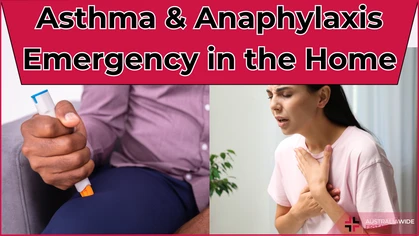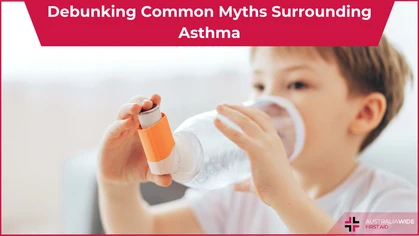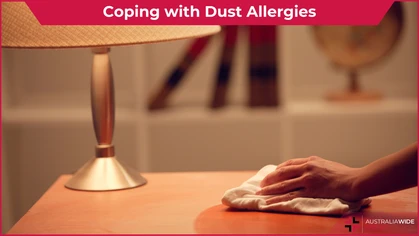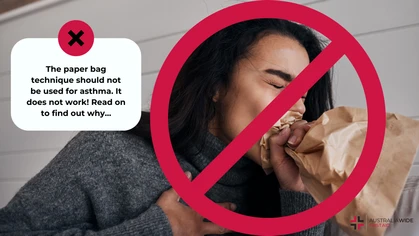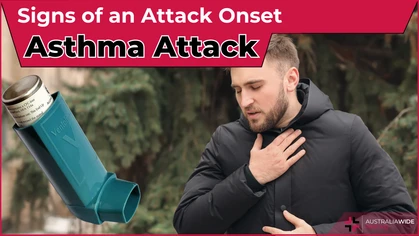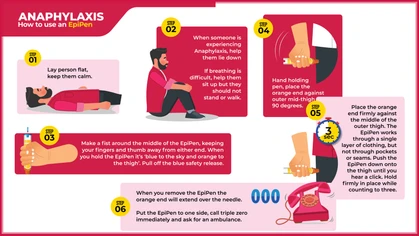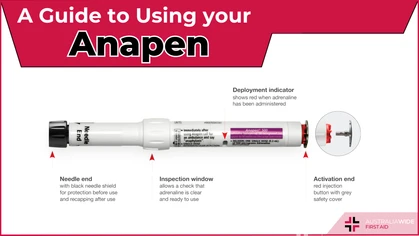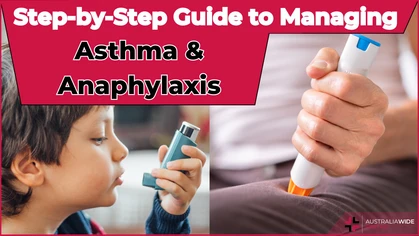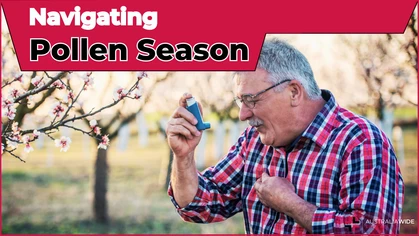Anaphylaxis Triggers: How to Avoid Them

Allergy and Asthma

It is important to know your anaphylaxis triggers so you can effectively avoid them.
Anaphylaxis is the most severe allergic reaction, often involving more than one body system. The factors that cause someone to have an anaphylactic reaction are called ‘allergens’ or ‘triggers’. Anaphylaxis can quickly become life threatening. It is therefore important to know your triggers so you can effectively avoid them.
Peanut butter is a common anaphylaxis trigger
Triggers
An anaphylactic reaction usually occurs within 20 minutes of exposure to a trigger. It is characterised by rapid onset of airway, breathing and/or circulation problems usually associated with skin and mucosal changes. A variety of factors can cause this extreme allergic reaction. The most common triggers are foods, medications and venom from insect bites and stings. The following is a list of commonly known causes of anaphylactic shock:Food
- Milk
- Eggs
- Peanuts
- Tree nuts
- Sesame
- Fish
- Shellfish
- Wheat
- Soy
Venom from Bites and Stings
- Bee
- Wasp
- Ant stings
Medications
- Over-the-counter
- Prescribed
- Herbal/alternative
How do I avoid my triggers?
Allergy testing can identify and confirm your triggers. Your doctor can then give you the best advice for managing your anaphylaxis.Foods
It's important to remember, certain foods – even in small amounts – can cause a life-threatening anaphylactic reaction. If you&pos;ve experienced an anaphylactic reaction from a particular type of food, you should cut that food out of your diet entirely.When buying food:
- Learn how to understand labels
- Read the ingredients list carefully
- Look for warnings such as, &pos;This product may contain traces of nuts&pos;
When eating away from home:
- Ask politely about food content and preparation
- Food prepared on the same surface as food you are allergic to can be a problem
If reaction is triggered by air particle exposure or touch:
- Avoid leaning on public tables that may contain traces of food allergens
- Be wary on planes: Foods containing nuts are often served. Traces can turn up on chairs and tray tables.
- See if you can request a flight where peanuts are not served
Alcohol:
Some alcoholic beverages can contain traces of allergens, such as eggs, tree nuts and seafood. If you are unsure about a certain drink, call the manufacturer to determine whether it is safe for you to have.Venom from bites and stings
The majority of allergic reactions to bites and stings are from ants, bees and wasps. If you are allergic to insect bites you should:- Avoid flowers and pollen, particularly in the warmer months
- Avoid sitting directly on grass or areas that may contain ants
- Keep car windows up in the warmer months
- Wear covered footwear when walking in areas that may contain insects
- Use protective clothing when going on bushwalks or picnics, plus insect repellent (make sure the repellent you use won’t cause an allergic reaction)
- When eating outdoors, don’t leave food exposed for too long
Medications
Some medications contain substances that can cause life-threatening anaphylactic reactions. Over-the-counter, prescribed medications, and herbal medicines can all be triggers for anaphylaxis sufferers. Avoid allergic reactions to medications by:- Informing the doctor or nurse about your allergy
- Asking your doctor about which medications to avoid
- Know which over the counter medications you can take by asking your doctor
- Avoid herbal/alternative medications
First aid for anaphylaxis
Anaphylaxis is a serious medical condition and the best way to avoid it is to follow an anaphylaxis management plan and to always carry an adrenaline auto-injector device, such as an Epipen or Anapen. Your anaphylaxis management plan needs to be tailored to your particular allergens. This can be done with the help of an allergy specialist. This action plan will contain information about what to do in an anaphylactic emergency. You should know your plan from memory but also carry it with you so other people can access it in an emergency. If you are responding to a person showing symptoms and signs of anaphylaxis, follow these steps:- Lay victim flat. If breathing is difficult, allow to sit
- Prevent further exposure to the triggering agent
- Administer adrenaline through auto-injector:
- Child less than 5 years – 0.15 mg intramuscular injection
- Older than 5 years – 0.3mg intramuscular injection
- Call an ambulance
- Administer oxygen and / or asthma medication for respiratory symptoms
- Further adrenaline should be given if no response after 5 minutes
- If breathing stops follow Basic Life Support procedures.
Originally published at
https://www.australiawidefirstaid.com.au/resources/anaphylaxis-triggers-avoid
as part of the Australia Wide First Aid Articles Library
